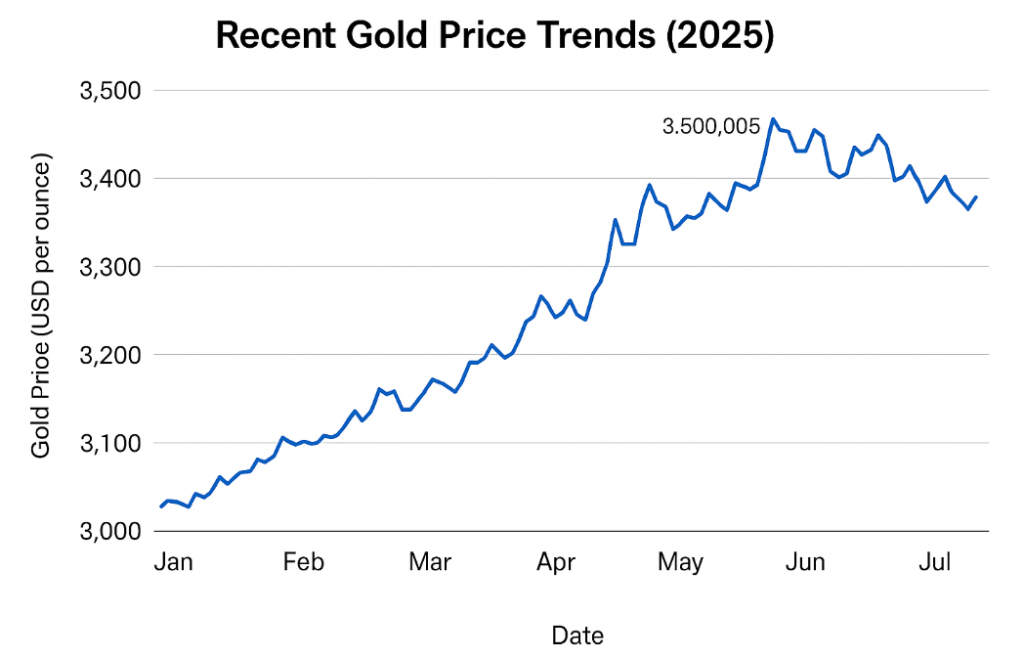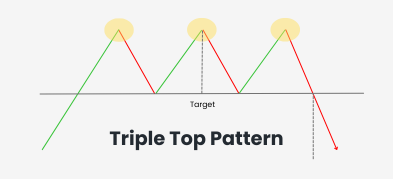Important Information
This website is managed by Ultima Markets’ international entities, and it’s important to emphasise that they are not subject to regulation by the FCA in the UK. Therefore, you must understand that you will not have the FCA’s protection when investing through this website – for example:
- You will not be guaranteed Negative Balance Protection
- You will not be protected by FCA’s leverage restrictions
- You will not have the right to settle disputes via the Financial Ombudsman Service (FOS)
- You will not be protected by Financial Services Compensation Scheme (FSCS)
- Any monies deposited will not be afforded the protection required under the FCA Client Assets Sourcebook. The level of protection for your funds will be determined by the regulations of the relevant local regulator.
Note: Ultima Markets is currently developing a dedicated website for UK clients and expects to onboard UK clients under FCA regulations in 2026.
If you would like to proceed and visit this website, you acknowledge and confirm the following:
- 1.The website is owned by Ultima Markets’ international entities and not by Ultima Markets UK Ltd, which is regulated by the FCA.
- 2.Ultima Markets Limited, or any of the Ultima Markets international entities, are neither based in the UK nor licensed by the FCA.
- 3.You are accessing the website at your own initiative and have not been solicited by Ultima Markets Limited in any way.
- 4.Investing through this website does not grant you the protections provided by the FCA.
- 5.Should you choose to invest through this website or with any of the international Ultima Markets entities, you will be subject to the rules and regulations of the relevant international regulatory authorities, not the FCA.
Ultima Markets wants to make it clear that we are duly licensed and authorised to offer the services and financial derivative products listed on our website. Individuals accessing this website and registering a trading account do so entirely of their own volition and without prior solicitation.
By confirming your decision to proceed with entering the website, you hereby affirm that this decision was solely initiated by you, and no solicitation has been made by any Ultima Markets entity.
I confirm my intention to proceed and enter this websiteWill Gold Rate Decrease In Coming Days 2025?
Gold prices are unlikely to decrease significantly in the coming days of 2025. Strong central bank demand, geopolitical risks, and potential U.S. rate cuts support gold above $2,300 per ounce. While minor corrections may occur, the overall outlook remains stable to bullish.
Gold reached a record high recently and it’s well-documented in financial sources. On April 22, 2025, spot gold reached US $3,500.05 per troy ounce, marking its highest-ever recorded price. This surge was driven by U.S. political and economic tensions, including pressure on the Federal Reserve and a weakening U.S. dollar.
Recent Gold Price Trends

As of July 9, 2025, gold is trading around $3,285 per ounce, following a slight pullback amid strength in the U.S. dollar.
Throughout early July, prices have fluctuated between $3,285 and $3,350, with futures on July 8 opening at $3,348.90 per ounce. The broader trend shows gold maintaining levels well above $3,300, reflecting sustained investor confidence despite minor day-to-day volatility.
This elevated price range is supported by macroeconomic uncertainty, Fed rate cut expectations, and ongoing geopolitical tensions, confirming that gold continues to serve as a reliable hedge.
Factors Influencing Gold Prices in 2025
Understanding whether gold rates will decrease requires looking at the key drivers impacting the precious metal:
US Dollar Movements
A strong inverse correlation exists between gold and the US dollar. If the dollar strengthens, gold tends to fall and vice versa. With the Federal Reserve adopting a cautious stance and possible rate cuts on the horizon, a weaker dollar could support gold prices rather than depress them.
Interest Rates and Inflation Outlook
Although global inflation has eased compared to the 2022–2023 period, core inflation in many regions remains sticky. Lower real interest rates often support gold, as it becomes more attractive than interest-bearing assets.
Central Bank Gold Buying
Emerging markets, particularly China and India, have been aggressively adding gold to their reserves in 2025. This institutional demand serves as a cushion against large declines in gold rates.
Geopolitical and Economic Risks
From Middle East tensions to slowing economic growth in the Eurozone and debt issues in the U.S., gold continues to be a safe-haven choice. These risks limit the downside potential for gold in the short term.

Will Gold Rate Decrease in Coming Days?
While short-term corrections are possible, especially if risk appetite grows or economic data comes in stronger than expected, a significant drop in gold prices seems unlikely in the near term.
Most analysts predict that gold will remain above $3,250 per ounce through Q3 2025. Technical indicators also suggest strong support around $3,200, making it difficult for prices to break lower unless macroeconomic conditions drastically shift.
Will Gold Rate Go Down or Up Tomorrow?
Many traders search for daily gold price movements, but it’s important to understand that daily price action is driven by:
- Market sentiment
- Fed comments or economic data releases
- Currency volatility
For short-term traders, keeping an eye on US non-farm payrolls, CPI data, and Fed speeches can give clues about the next direction.
Benefit of Investing in Gold
Despite short-term price movements, gold remains a strategic investment in 2025 due to its long-standing role as a store of value. Here’s why investors continue to favor gold:
- Inflation Hedge: Gold preserves purchasing power during inflationary periods. As real interest rates remain low, gold helps investors maintain the value of their assets.
- Portfolio Diversification: Gold has low or negative correlation with equities and fixed income assets. Adding gold can reduce overall portfolio volatility, especially in times of economic stress.
- Safe-Haven Asset: During geopolitical turmoil or financial market instability, gold consistently attracts demand as a reliable store of wealth.
- High Liquidity: Gold is one of the most liquid assets globally. It can be quickly bought or sold in major markets at transparent prices.
- Currency Protection: Gold provides a hedge against currency depreciation. In 2025, with the U.S. dollar facing downward pressure, gold offers protection for those holding weaker currencies.
- Growing Institutional Demand: Central banks and sovereign wealth funds have significantly increased their gold reserves, reinforcing its credibility and perceived safety.
- No Counterparty Risk: Physical gold does not depend on a third party to fulfill a contract, unlike most financial instruments.
These benefits collectively position gold as a defensive and strategic asset in an unpredictable 2025 economic landscape.
Expert Outlook: What Analysts Are Saying About Gold
Many reputable financial institutions project that gold will stay elevated in 2025. For example:
- Goldman Sachs expects gold to trade between $3,200–$3,500 due to continued central bank demand.
- JP Morgan analysts believe that rate cuts and weak dollar outlook support further upside.
Conclusion
Whether you’re a short-term trader or a long-term investor, staying informed is key. Monitor global trends, economic releases, and central bank policies. As of now, there is no strong indication that gold will sharply decrease in price in the coming days.
Stay ahead in your gold trading journey with accurate insights and smart strategies, brought to you by Ultima Markets.
Disclaimer: This content is provided for informational purposes only and does not constitute, and should not be construed as, financial, investment, or other professional advice. No statement or opinion contained here in should be considered a recommendation by Ultima Markets or the author regarding any specific investment product, strategy, or transaction. Readers are advised not to rely solely on this material when making investment decisions and should seek independent advice where appropriate.












